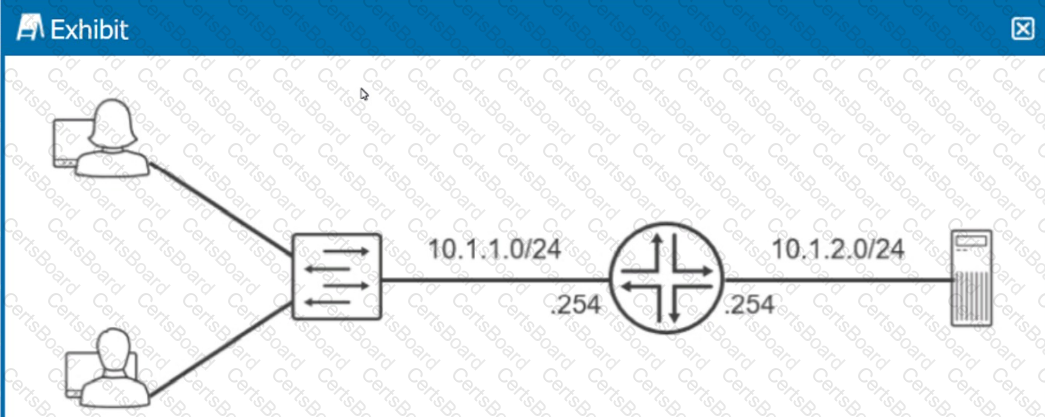You are trying to diagnose packet loss at interface ge-0/0/3.
In this scenario, which command would help you view error statistics in real time?
Exhibit.

Referring to the exhibit, which routing configuration is required for these two users to access the remote server?
Exhibit
term limit-icmp { from {
source-address {
172.25.11.0/24;
}
protocol icmp;
}
then {
count count-icmp; discard;
}
}
Referring to the exhibit, which two actions will occur when a packet matches the firewall filter? (Choose two.)
You configured your system authentication order using the set authentication-order tacplus radius password command.
Which statement is correct in this scenario?
Which two statements about route preference in Junos are correct? (Choose two.)
What is the maximum number of rollback configuration files that the Junos OS will store?
You are asked to configure your device running Junos OS to automatically archive your configuration upon commit
In this scenario, which two methods are supported by the Junos OS? (Choose two)
Click the Exhibit button.

Referring to the exhibit, OSPF has three export policies that match different static route prefixes. The 10.10.10.0/24 static route does not match any terms in the policyl routing policy.
What happens next in this scenario?


